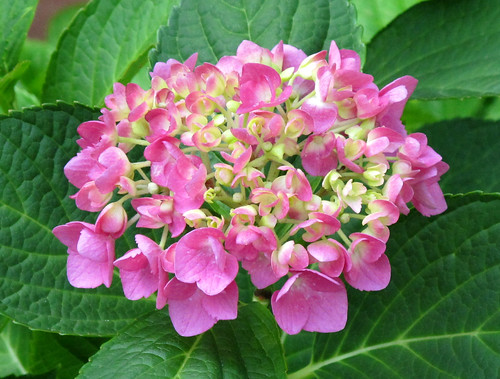Vegetation Growing On Or Near A House Should Be Removed
"Vegetation growing on or near a house should be removed."
Professional home inspection Jay Markanich provides some very good advice for home owners.
The greenery might look great but there can be major damage to the home.

Vegetation growing on or near a house should be removed.
I see this all the time. Overgrown vegatation clinging to a house. Or a big tree 6' from the front corner!
This is never a good idea!
But doesn't it look stately and add interest to the house?
It might, but it adds other things too.
- Vegetation growing on the house attracts insects to the house and they will make a home if they can, and get inside.
- Ivy and such growing on the walls will attach itself to the siding material and, if given opportunity, will actually get in and grow inside the walls. I have been in basements where English Ivy is growing 40' from its source, and very happily!
- Most ivy has very strong tendrils with sticky roots that attach themselves to the surface. Not only is this all hard to remove, but even when removed their residue is evident and very difficult to eradicate.
- Their roots hold moisture against the house, and/or foundation wall.
- Trees can be especially damaging, holding moisture against houses, creating erosion underground creating holes near the house and species with aggressive roots can push on and even crack foundation walls.
The ivy on this house is growing under the vinyl siding, between the vinyl siding and the synthetic stucco on the chimney, and is holding moisture against that synthetic stucco.
Removing it might even damage that stucco's skin.
Despite this little cutie's presence, watching over they ivy and patio, I think this is going to be a big job making this all look right.
And end up right!
There is a lot we can't see. What gaps and holes have been opened up?
This ivy was planted intentionally and has been there for a long time.
It is happy and healthy!
AND A PROBLEM.
My recommendation: confine your plantings around the house to beds and pots away from the house. Keep vegetation away from any siding and the foundation wall. Ivy on the walls should be avoided completely. Look up planting recommendations for trees and shrubs, and recommended planting distances from the house. Those recommendations are for a reason! And if you need a guardian to watch over it all, make sure she is as cute as the Ivy Nymph up there!
Jay Markanich Real Estate Inspections, LLC
Based in Bristow, serving all of Northern Virginia


Comments(5)